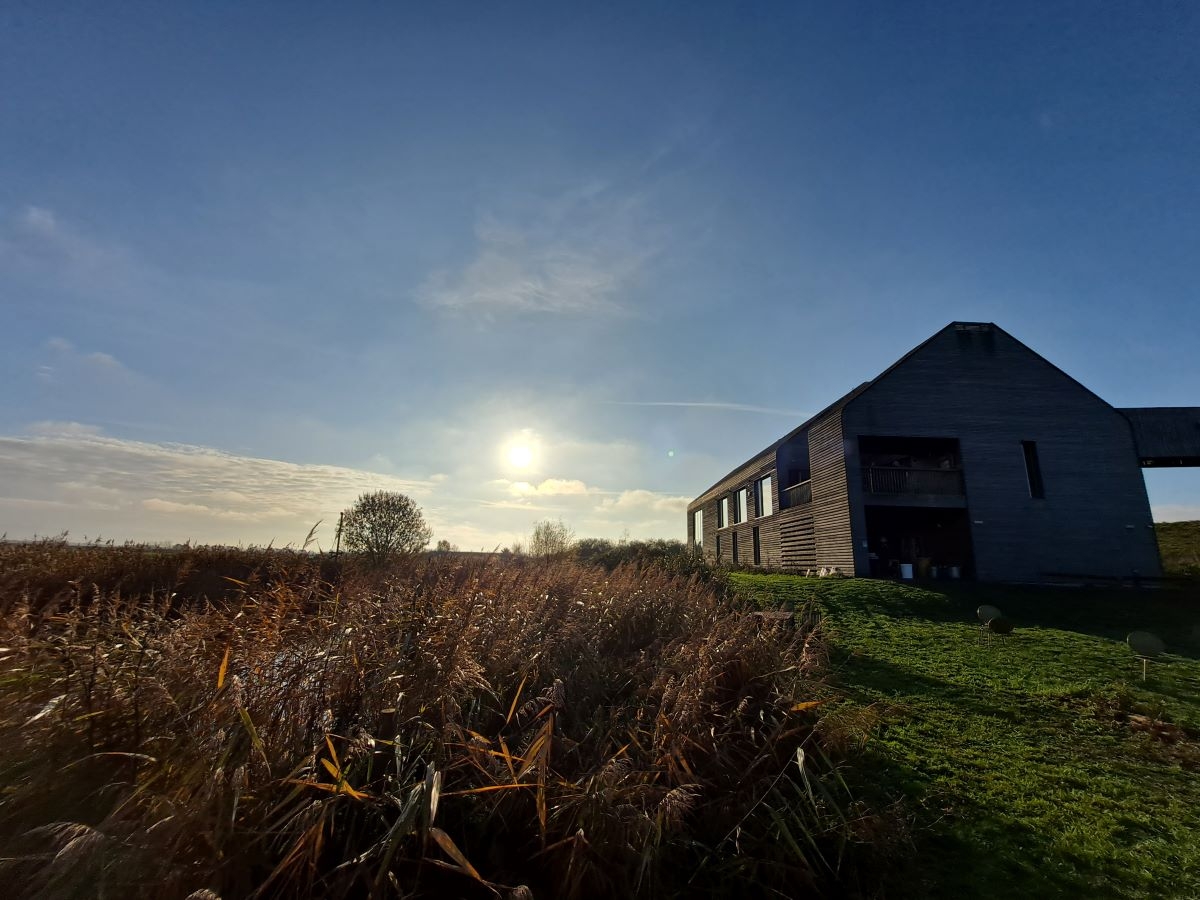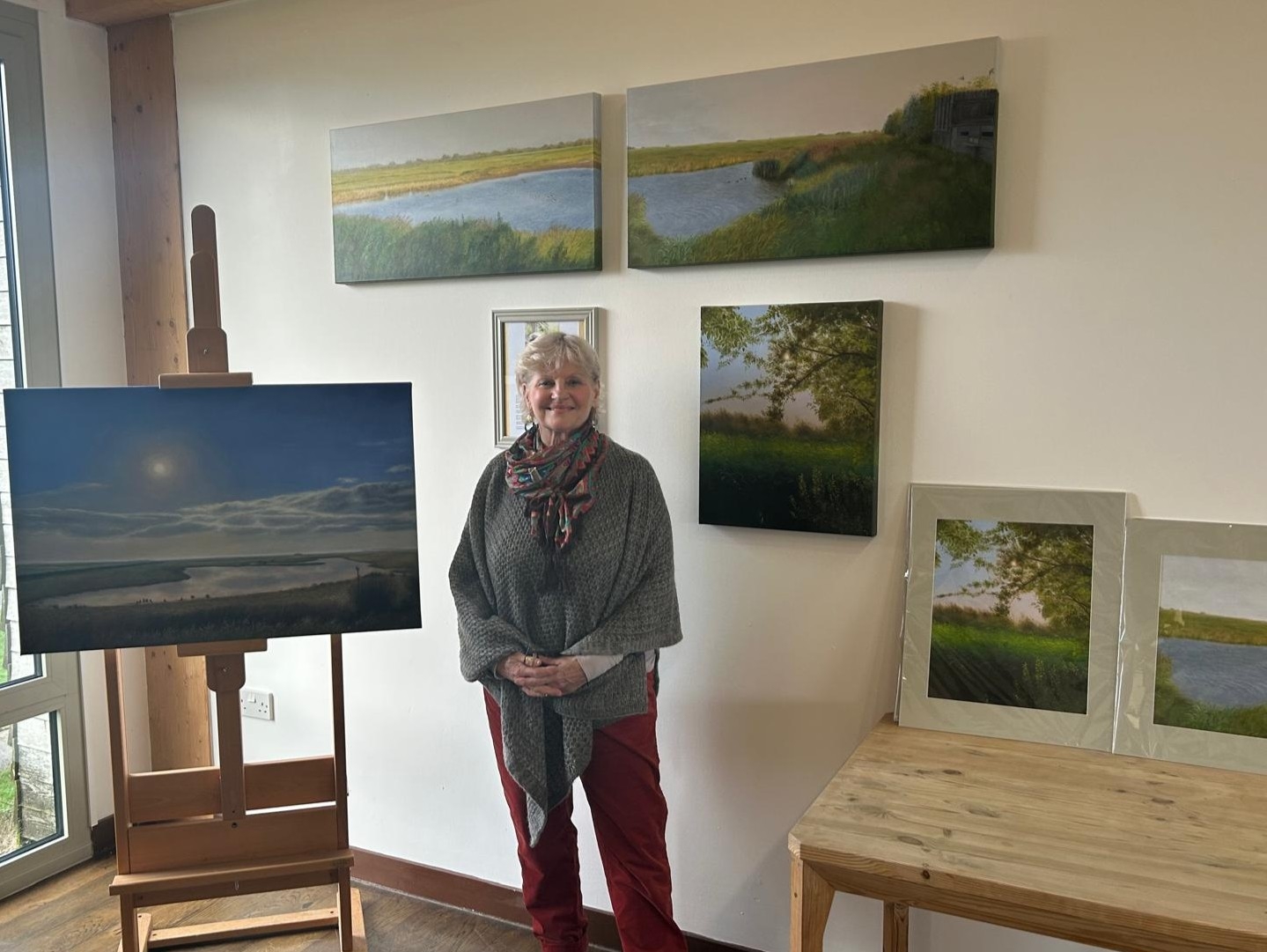Spring across our wetlands
Look forward to spring with this roundup of all the goings-on amongst the wildlife and works the team are doing.
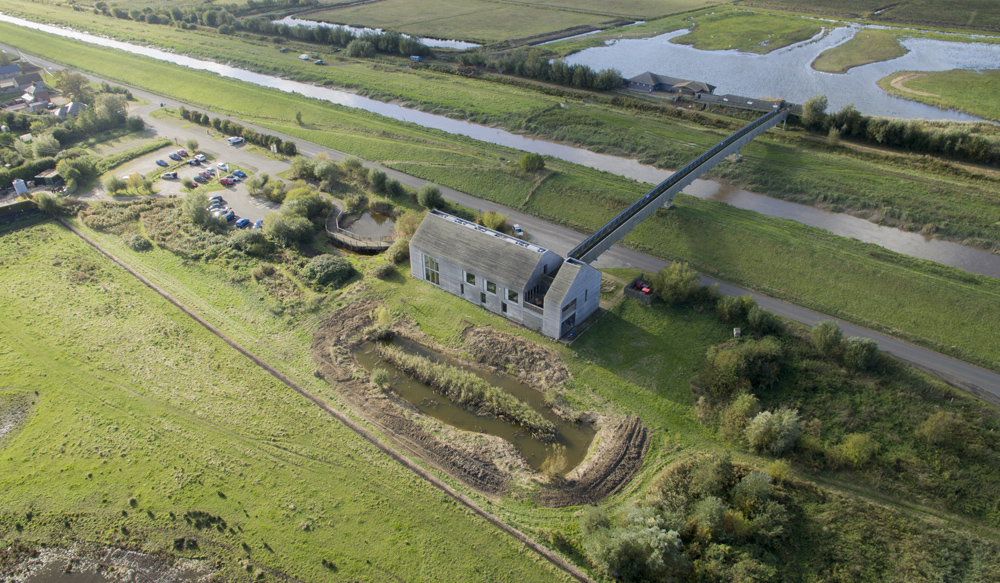
Look forward to spring with this roundup of all the goings-on amongst the wildlife and works the team are doing.
Announcing their arrival
As the days lengthen and temperatures rise, we start to see a change in the species and activity across our wetlands. Birds are on the move and here in the UK that means our winter visitors making tracks to Iceland, Scandinavia and beyond; whilst at the same time birds are arriving from Southern Europe and Africa. Some birds have made much shorter migrations, only going as far as the coast to overwinter – these are often the first back in spring and include oystercatcher and avocet. The first of the long-distance travellers to arrive are usually sand martins, closely followed by wheatear and ringed plover. The returning breeders include black-tailed godwit, garganey, little ringed plover, common tern, sedge warblers and reed warblers. All this activity means you never know what combination of species you might see on any given day, and rewards those who search the reserve thoroughly with eyes and ears.
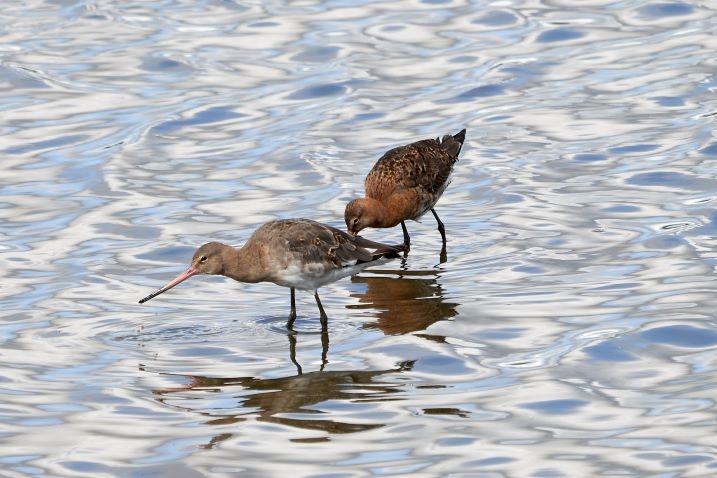
Putting on a show
Many species of wetland bird that breed across the reserve are ground-nesting, and use the sky above their nest in which to display and lay claim to a territory. This means that they have a more visual display than birds nesting in woodlands – a treat for our eyes and ears. Our star species among the waders is the black-tailed godwit. These tall, elegant waders with long legs and bills have struggled to breed successfully in recent decades resulting in a declining population. The work of WWT and RSPB, currently in partnership for Project Godwit, is helping to tackle the threats that face these charismatic wetland birds. As soon as black-tailed godwits arrive back from Africa and have recovered from their journey, they begin claiming a territory. They make whickering calls as they fly circuits over suitable wetland habitat. Throughout the grassland the black-tailed godwits are accompanied by lapwing, redshank, oystercatcher and snipe. Lapwing use their pee-wit calls and acrobatic tumbles from the sky, showing off their rounded wings to put on a performance. Redshank chase each other around making their loud, musical tul-tul-tul call, as the excitement builds males hold their wings up like flags as they display to the females. The best time to hear snipe perform their drumming flights is on still days – listen out for them as they drum circuits above the washes. Oystercatcher are the loudest, with their ‘peep’ call in flight or whilst perched on fence posts.
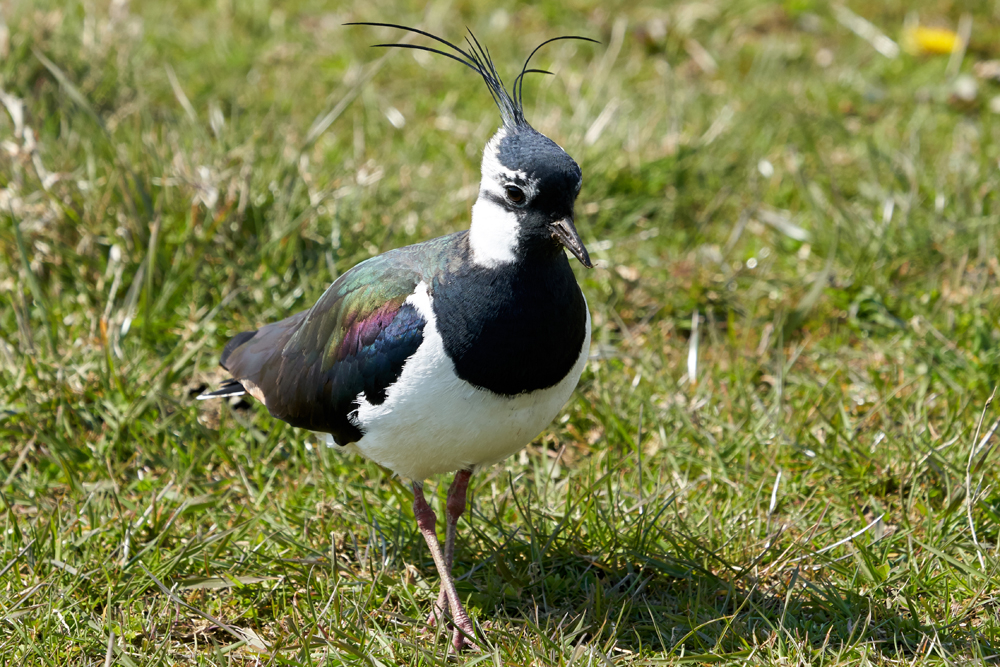
Avocets prefer the islands on the pools to nest on, these unmistakeable black and white waders with characteristic upturned bill gather together to breed. They huddle together in groups bubbling away to sort out who gets the prime nesting sites. Pairs will then be seen feeding and preening together, eventually settling down to breed. Little ringed plover join the avocets with their preference for nesting on islands, keep your eyes peeled for these small, speedy waders.

Elsewhere, warblers and reed bunting are holding territories and breeding in the reeds. This activity is of great interest to the cuckoos who will arrive from April. Nesting mute swans are obvious across the reserve due to their size and white plumage, but our duck species start to become more secretive as they incubate their precious eggs. Yellow wagtail, skylark, meadow pipit and corn bunting add to the displays across our wetlands, as well as the crexing calls of corncrake by June.
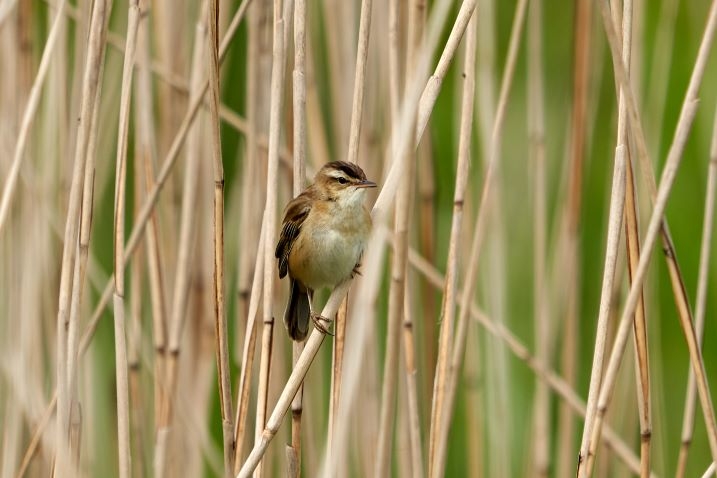
Behind the scenes
At the start of spring water levels are still dropping after winter flooding, and we need to make sure that no floodwater remains across the washes when the birds are starting to breed. As the days warm the water retained in the network of ditches must be directed to the pools and scrapes to keep the lovely muddy areas as long as possible through the spring. Maintaining just the right amount of water across the site is a huge task to ensure there is enough for birds to feed, drink and preen. The reserve is a vital resource for species passing through on migration, as well as those that are staying here to breed.
Alongside the water checks, the team are monitoring the breeding bird activity and recording the variety of species that are present across our wetlands. This gives us valuable data on how the different species are faring and what habitat and species management works there might need to be in the future. This is also the time of year when the staff and volunteers of the reserve team get to see and enjoy the results of the work that has been done throughout the year.
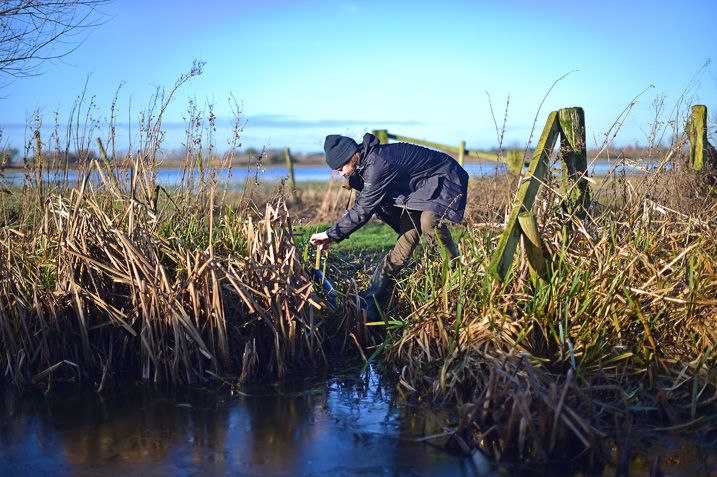
A closer look
Our wetlands do not just cater for birds, many species of insect are awakening and becoming busy during spring. Early flowering plants allow for bees and butterflies to refuel after the winter months. A slow walk along the footpaths reveals many of the smallest creatures; beetles, spiders, butterflies and their caterpillars, and even some day-flying moths. Damselflies and dragonflies are some of the most colourful and easy to spot. The earliest species out on the wing include hairy and scarce dragonflies as well as blue and blue-tailed damselflies. Pausing at the pond dipping stations and dipping a net in the water offers you a closer look at life below the water’s surface.
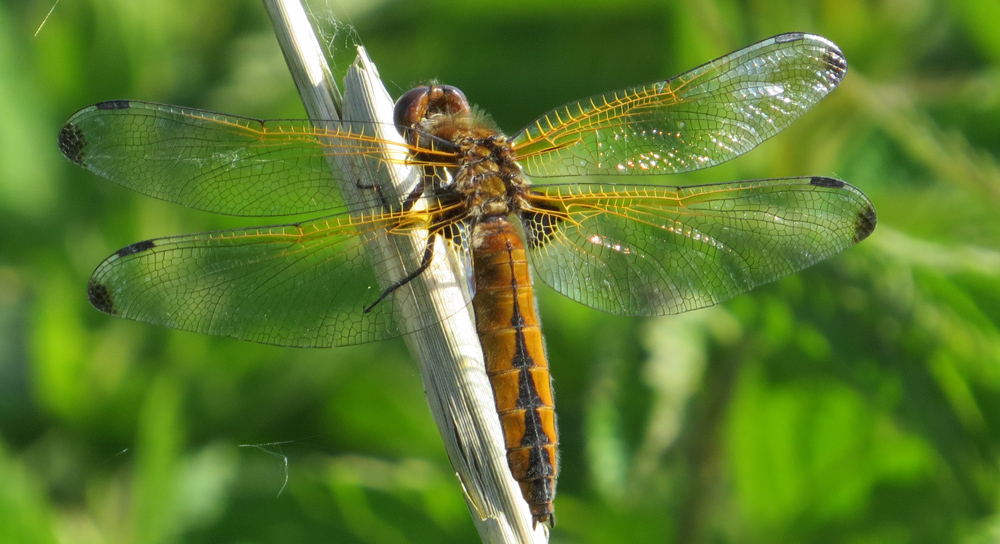
The wetland rainbow
Early flowering plants provide insects with a much needed supply of food, these include the yellow flowers of coltsfoot and celandine as well as willow trees. As May turns to June we start to see carpets of meadow rue, meadow sweet, purple loosestrife and yellow loosestrife colouring the washes. A wide variety of flowering plants can be enjoyed along the footpaths to the hides, and a stroll along the summer walk will bring you closer to even more.

Ready to visit?
If you've been inspired to explore the wetlands of Welney, find out more and book your visit online.
Plan your visit

